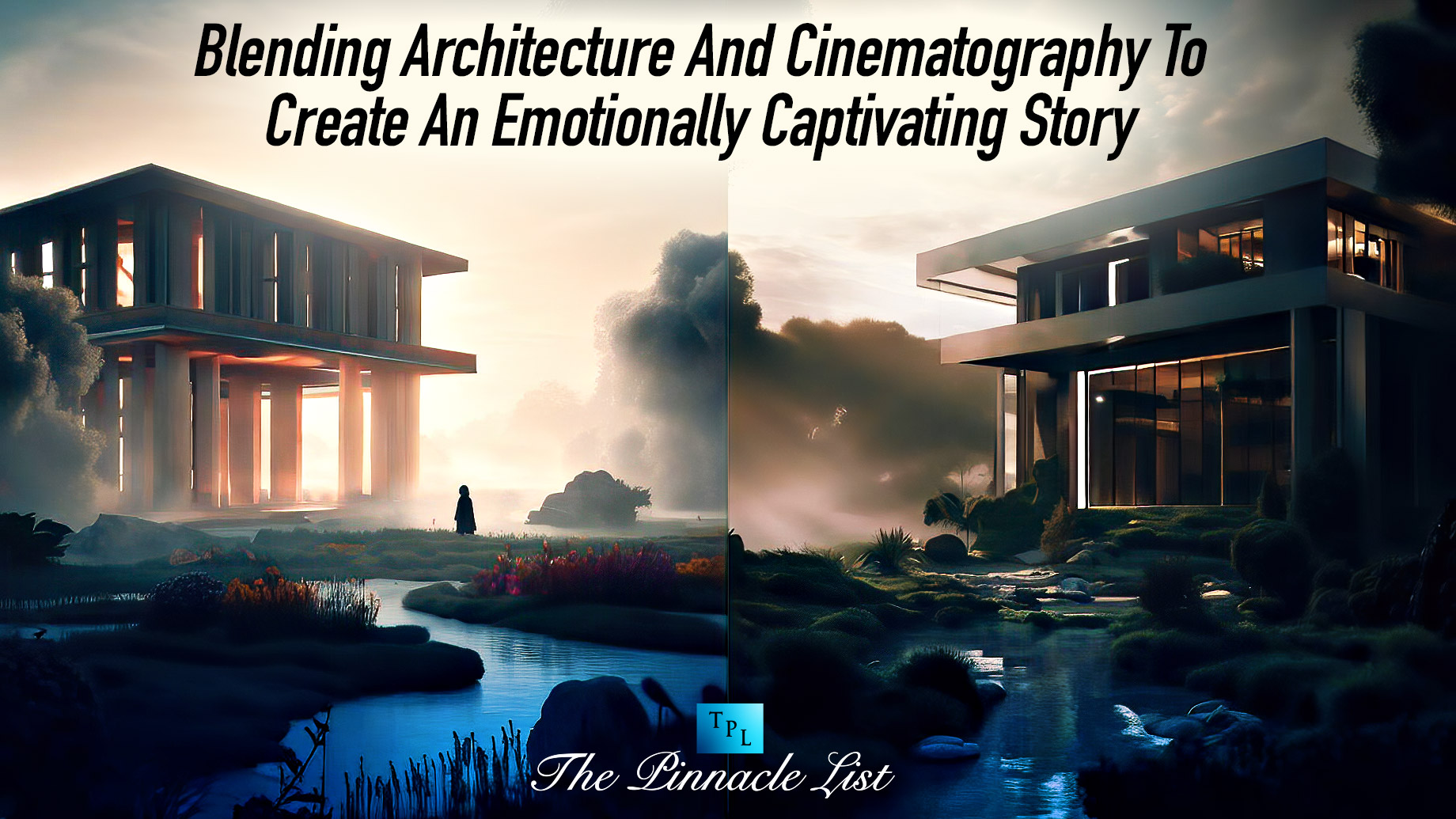
Landscapes are cinematic by nature. Who doesn’t feel like a main character when walking among skyscrapers? For lovers of cinema, the idea of setting as a character is a familiar concept.
Among the next generation of virtual world builders, there’s one creative blurring the lines between architecture and the visual experience to create place-immersive stories that use physical landscapes to express the landscape of human emotion.
An architectural designer by profession, Aygul Abizgildina has spent the last several years creating projects that play on human perceptions of spaces. Toying with everything from the rhythmic soundscapes of architectural spaces to the visual experience of insomnia, Abizgildina’s projects bring viewers to the intimate and indefinable space between emotion and perception.
“Architecture changed my perception of beauty,” says Abizgildina. The artist shares that her passion for architecture first developed out of a desire to explore landscapes of her consciousness to create introspective imagery.
After receiving a bachelor’s degree in architecture, Abizgildina began to fuse her technical knowledge of building infrastructure with skills in graphic design and digital programs. As time progressed, she earned a reputation for pushing the boundaries of realism to capture a surrealistic illustration of the external world.
Abizgildina cites the Kuleshov effect as one of her inspirations for learning how to defy boundaries in filmmaking. Developed by Russian filmmaker Lev Kuleshov in the 1910s and 1920s, the technique uses two sequential shots to cause viewers to derive more significance from an interaction compared to a single shot. In her editing, Abizgildina calls on this technique to position shots to create different meanings and moods within scenes.
Abizgildina also shoots scenes for her pieces in a dark room because of the slow reveal created by this type of environment. Rather than showing the viewer everything at once, Abizgildina invites the viewer to decide what they perceive the space to look like. As the viewer completes the whole picture of the space by connecting different aspects of scenes together, they become the scenographer.
“Essentially, I feed the viewer a seed that sprouts in their head,” Abizgildina shares when discussing the relationship between imagery and the viewer she intends to create. The narrative is also prioritized.
In a piece called “Gabrielle,” which explores a person’s emotional development through the function of architecture, the main character’s emotional development is expressed through physical space by creating four distinct rooms. Dreams, feelings, and thoughts are mixed with reality through the function of physical space.
While Abizgildina’s concepts may seem complex, they connect innately on an emotional level with anyone who has ever associated a feeling or state in life with a place. By connecting personal development with the uses of space, Abizgildina uses architecture as an effective form of narrative and visual storytelling that evokes universally held emotions in just a few shots.